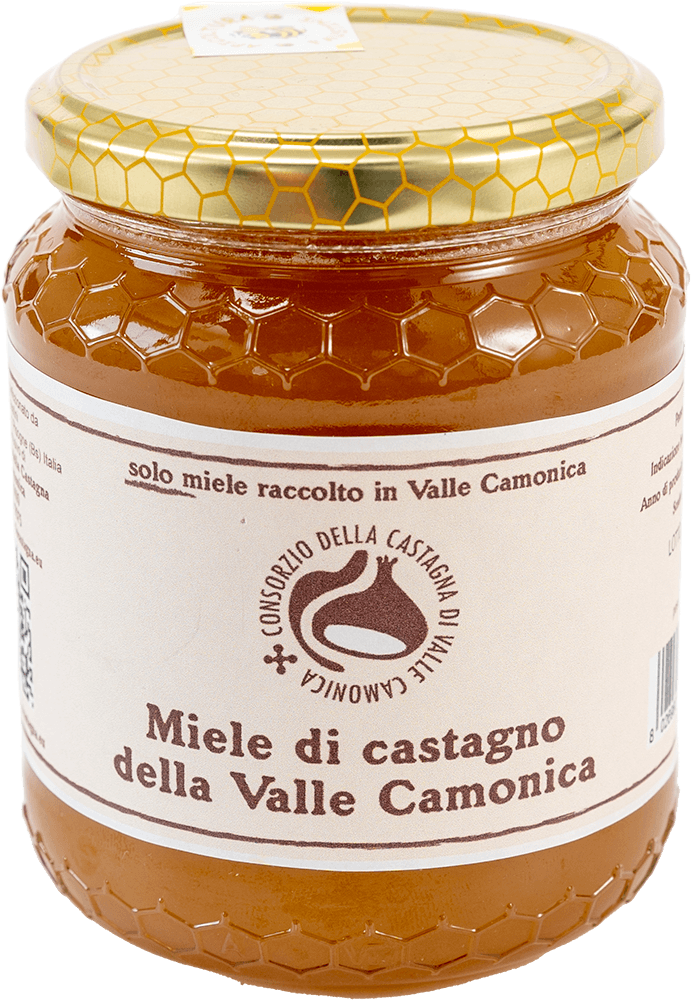
The drops – 200 g
190g
€4.00


The history of the chestnut tree goes back to the beginning of time and for this reason numerous legends and/or popular beliefs arose around chestnut groves and chestnut cultivation which made it, according to the situation, the tree of the witches around which sabbaths were held or the bread tree, whose rich fruits ensured survival in harsh winters.
There are various theories on the presence of chestnut trees in Italy; the most plausible one traces its existence to over 10,000 years ago. Presumably, it was the last glaciation to cause it to disappear and to then be subsequently reintroduced by man, imported from the East, more specifically Asia Minor.
The chestnut tree belongs to the Fagaceae family and comprises several species: the European (castanea sativa), Chinese and Japanese.
The European chestnut reaches considerable dimensions (from 10 to 30 metres) and can live and produce for hundreds of years.
It favours light siliceous soils that are poor in limestone with a pH that tends toward acidic or subacidic.
Water stagnation causes it to suffer and it does not tolerate heavy and asphyxial soils which predispose it to “ink disease” (it affects the branches, leads to precocious yellowing of the leaves with consequent premature fall). And to “tree bark canker”: this latter may lead to the total destruction of an entire chestnut tree grove.
The chestnut tree prefers climatic zones between 200 and 700 metres above sea level even if it can grow in up to 1000 m a.s.l. in particularly favourable microclimate conditions.
In Italy fruit-bearing chestnut groves are found in particular in the Prealps (Piedmont and Lombardy) and Apennine mountains (Emilia-Romagna and Calabria).
In Valle Camonica they are very common on the left side of the Oglio River (chestnut groves are found there from upper Valcamonica down to Iseo) while almost completely absent on the opposite side.
Chestnuts have a glossy dark-brown pericarp which covers a white, farinaceous, and edible seed with a high nutritional content and starches with a moderate caloric value.
For these characteristics, in past years it has represented one of the main nutritional sources for several areas in our country, particularly in the mountains. In fact, most of the chestnuts harvested were processed into flour that constituted a staple for the nutrition of families.

190g
€4.00

250g
€5.00

500g
€12.50

150g
€4.50

190g
€4.50

300g
€4.50

500g
€9.00

250g
€5.00

500g
€8.50

500g
€9.00

Stai utilizzando un browser obsoleto.
Il seguente sito NON è ottimizzato per Internet Explorer.
A fatal exception IE has occurred at C0DE:L05TUD10 in 0xC0DEBA5E.
oppure clicca il pulsante qui sotto:
aggiorna il tuo browser!